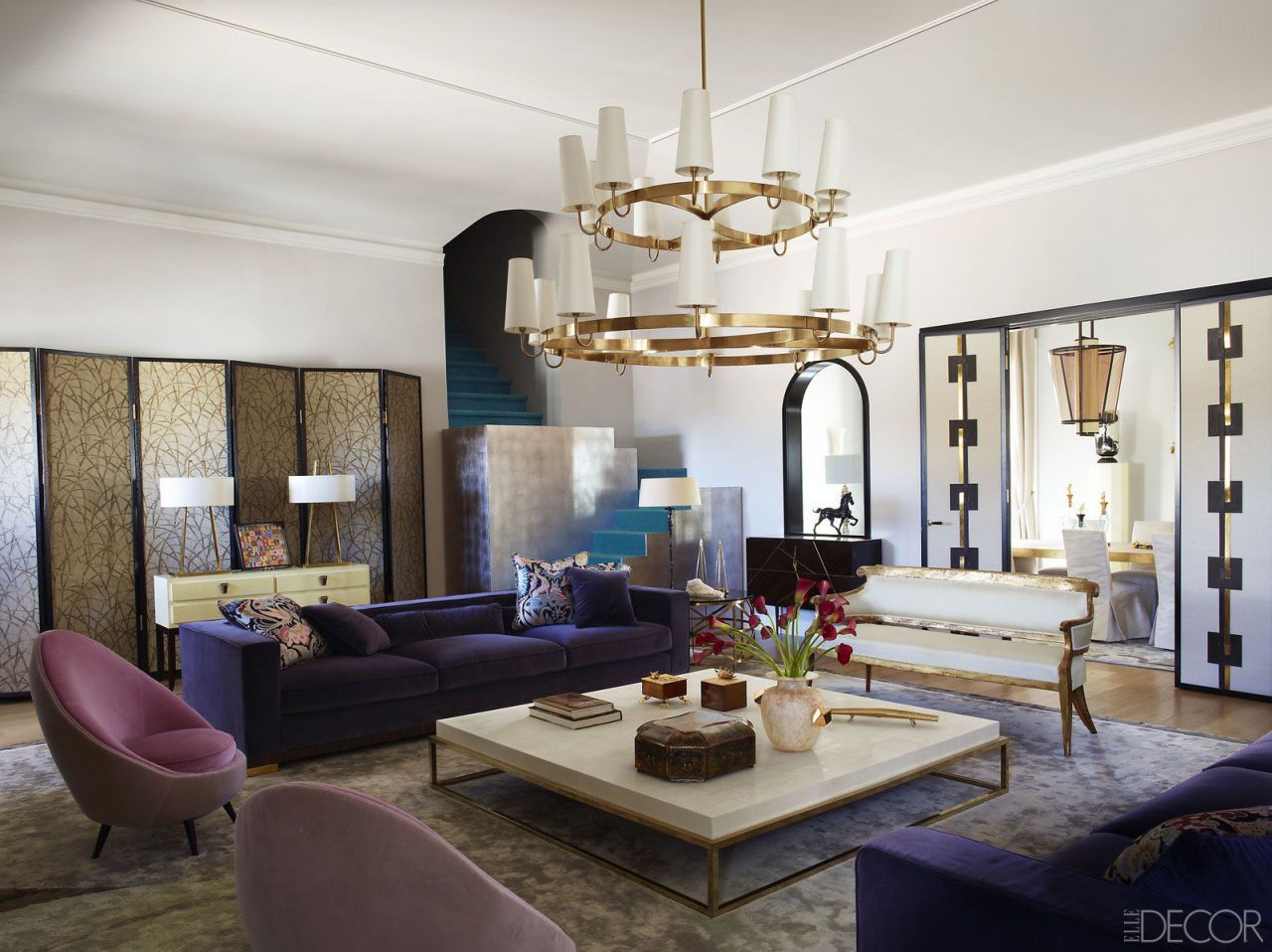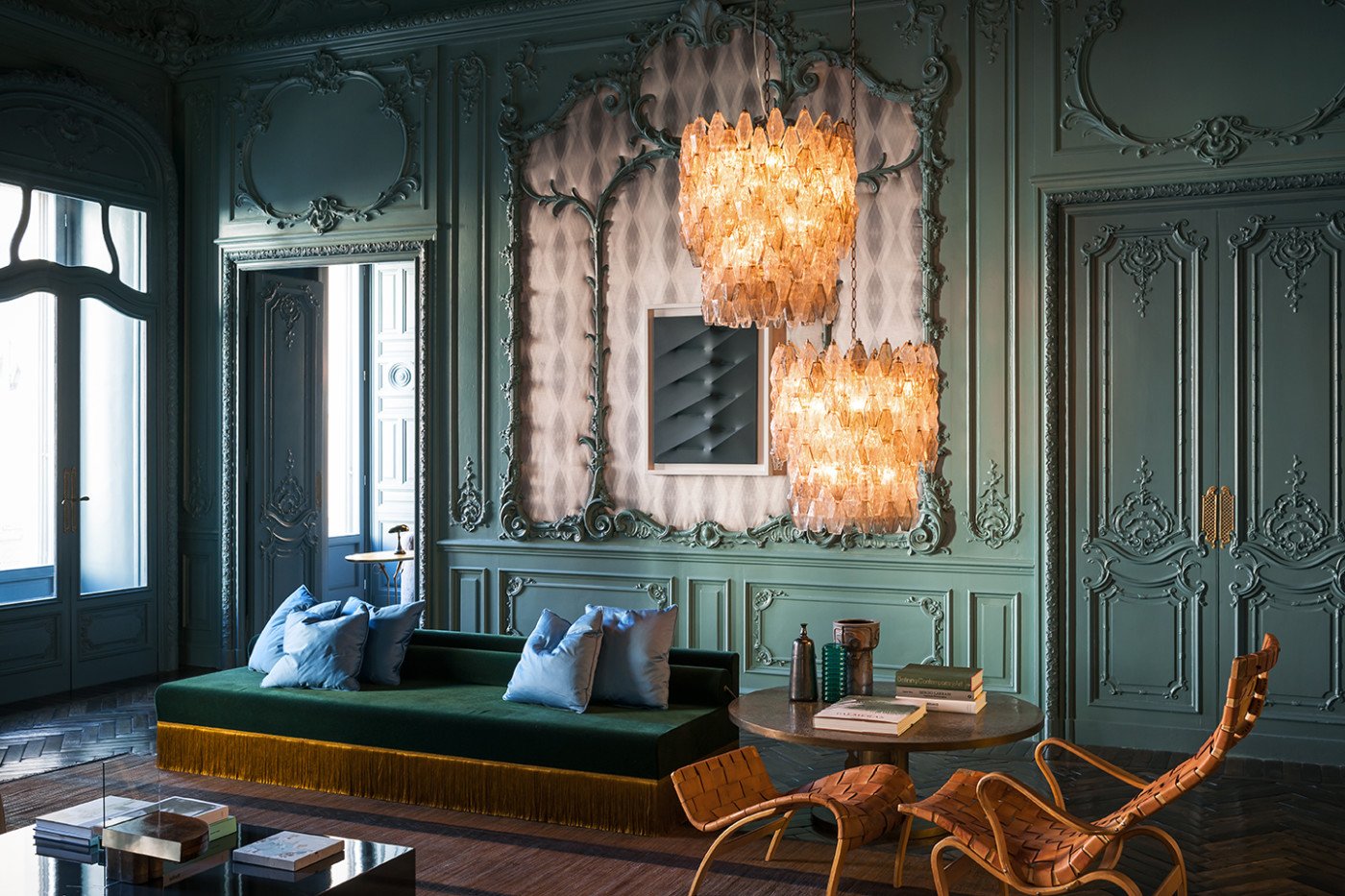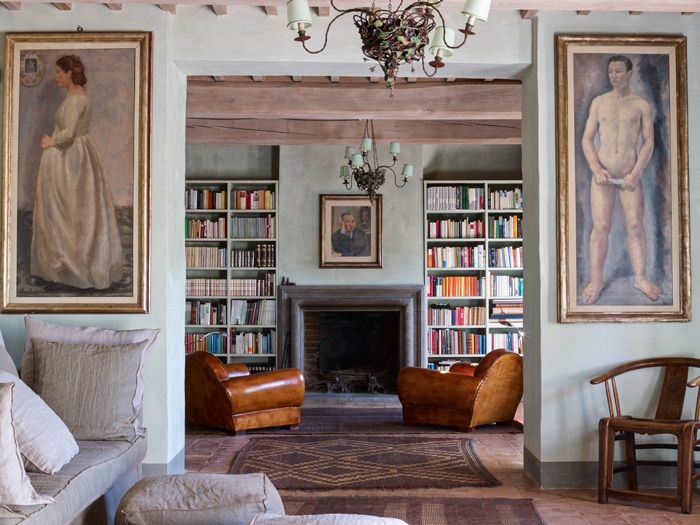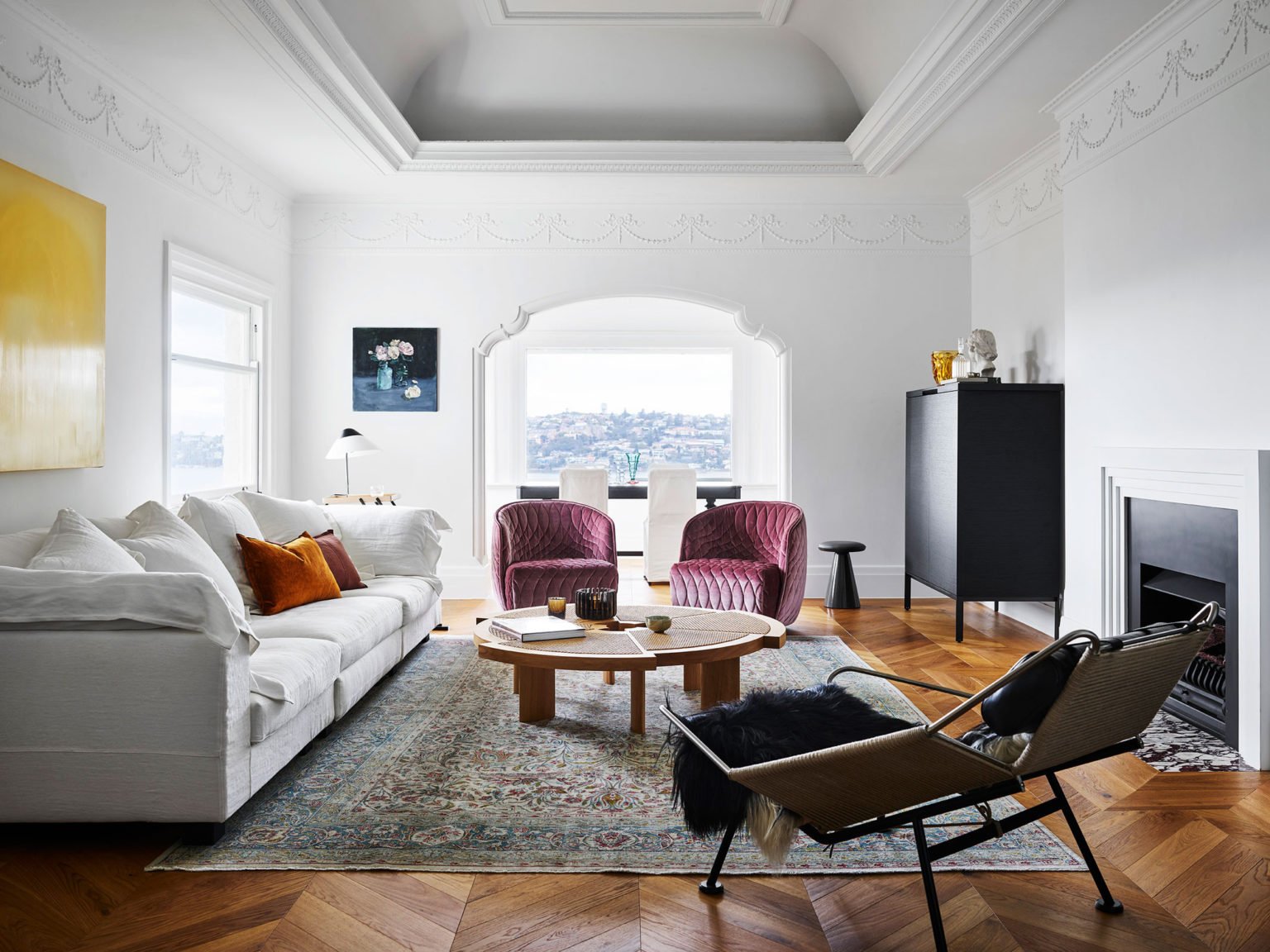Italian interior decorating is not just about aesthetics; it’s a lifestyle that resonates with warmth, sophistication, and a rich history of artistry. With my personal experience and passion for this style, I want to take you on a journey through the elements that make Italian decorating unique and timeless. Let’s dive into creating your dream Italian-inspired interior!
Understanding the Essence of Italian Interior Decorating
Before we embark on how to decorate in this style, it is essential to understand the roots of Italian interior design. Italy boasts a diversity of regions, each contributing its unique flavor to the world of design.
Historical Influences
From the Renaissance to modern-day Italy, the country has a rich history that influences its design aesthetics. Elements from art, architecture, and everyday life play a significant role. Think of grandeur, opulence combined with rustic charm.
Key Characteristics of Italian Design
- Natural Materials: Wood, stone, and wrought iron are commonly used.
- Warm Color Palettes: Earthy tones combined with vibrant colors.
- Luxurious Textiles: Rich fabrics like silk, velvet, and linen stand out.
- Classic Furniture: Timeless pieces that tell a story.
- Artful Decor: Sculptures, paintings, and intricate details are essential.
Popular Italian Interior Design Styles
Classic Italian Style
This style represents the elegance of Italy’s historical architecture. It often incorporates classical furniture pieces and opulent textiles.

Key Features
- Symmetry in furniture arrangement
- Decorative moldings and columns
- Antique and vintage furnishings
- Elegant chandeliers
Rustic Italian Style
Also known as “Tuscany style”, this approach focuses on a warm, inviting atmosphere often found in the countryside.

Key Features
- Exposed beams and brick walls
- Warm, earthy color schemes
- Rustic wooden furniture
- Hand-painted ceramics
Modern Italian Style
This contemporary approach blends modern design aesthetics with traditional Italian elements.

Key Features
- Minimalistic furniture
- Bright, open spaces
- Contemporary art pieces
- Sleek finishes and clean lines
How to Achieve an Italian Interior Design in Your Home

Choosing the Right Color Palette
Colors are crucial in Italian design. Here’s how to select the perfect palette:
Warm Earth Tones
Think terracotta, warm beige, and olive green. These colors reflect the Italian landscape.

Accent Colors
Introduce splashes of vibrant colors like deep reds, yellows, and blues through art pieces and decorative items.
Furniture Selection for Italian Decor

Classic vs. Contemporary Furniture
| Type | Characteristics | Pros | Cons |
|---|---|---|---|
| Classic | Ornately carved, antique appearance | Timeless elegance | Can be expensive |
| Contemporary | Sleek, minimalistic lines | Modern appeal | May lack character |
Tips for Sourcing Italian Furniture
- Visit local antique shops or flea markets.
- Explore online marketplaces specializing in vintage furniture.
- Consider custom pieces from Italian artisans.

Incorporating Art and Decor
Art Pieces
Art is a vital part of Italian interior design. Here’s how to integrate it into your space:
Types of Art to Consider
- Frescoes or murals
- Classic paintings (think of Italian masters)
- Sculptures (from classical to contemporary)
Decorative Accents
Incorporate decorative items like ceramics, vases, and handcrafted items. Don’t forget green plants for a touch of nature!
Lighting in Italian Interior Design
Lighting is crucial in setting the mood. Here are some suggestions:
Chandeliers and Pendant Lights
Opt for ornate chandeliers or modern pendant lights for a mix of old and new.
Ambient and Accent Lighting
Use table lamps and wall sconces to create layered lighting.
Combining Modern and Traditional Elements
A blend of modern and traditional can create a dynamic space. Try pairing a rustic wooden table with modern chairs.
Pros and Cons of Mixing Styles
| Pros | Cons |
|---|---|
| Unique aesthetic | Requires careful balancing |
| Personal touch | Can be costly |
Maintenance Tips for Your Italian Decor
To keep your Italian-inspired space looking its best, follow these maintenance tips:
Regular Cleaning
Dust regularly and clean textiles according to care instructions to maintain their beauty.
Protecting Wooden Furniture
Use coasters and avoid direct sunlight to prevent damage to wooden pieces.
FAQs about Italian Interior Decorating
What are the most common colors used in Italian interior design?
Common colors include warm earth tones, vibrant reds, and deep blues, reflecting the natural landscape of Italy.
How can I incorporate Italian decor on a budget?
Consider DIY projects, thrift stores, and local flea markets for unique finds that won’t break the bank.
What is the difference between rustic and classic Italian decor?
Rustic decor emphasizes a warm, countryside charm, while classic decor focuses on elegance and sophistication, often featuring ornate furniture and decor.
Can I mix modern furniture with Italian decor?
Absolutely! Mixing modern with traditional elements can create a unique and dynamic space that reflects your personal style.
Conclusion
Italian interior decorating offers a blend of comfort, elegance, and rich history. Whether you choose classic, rustic, or modern styles, the key is to create a space that feels personal and inviting. I hope this guide inspires your journey toward transforming your home into an Italian masterpiece. Embrace the beauty, warmth, and timelessness of Italian design in every corner of your space!